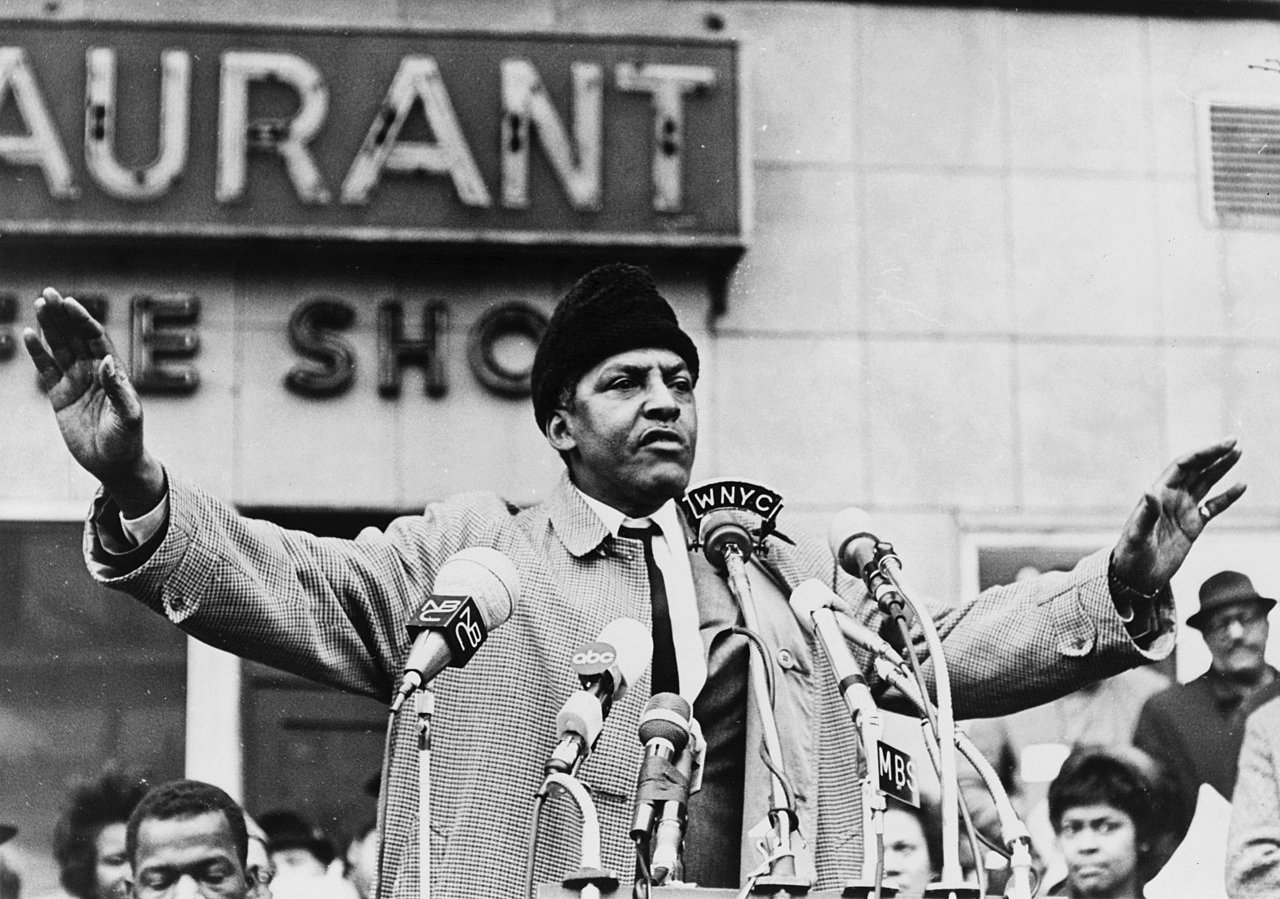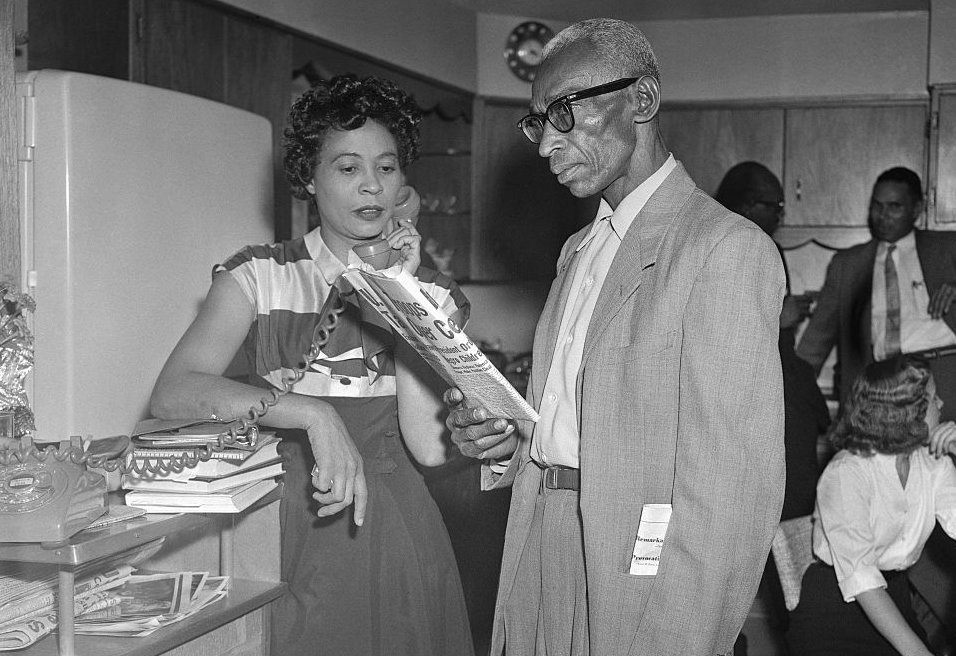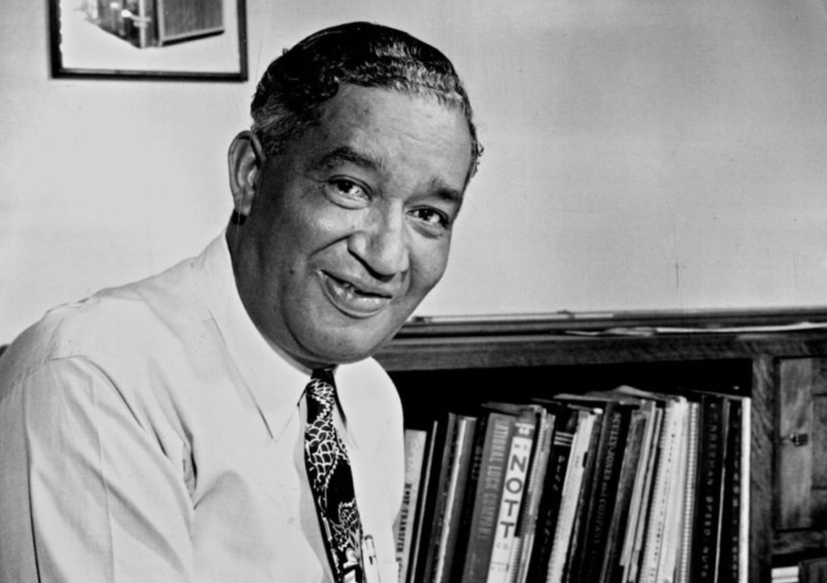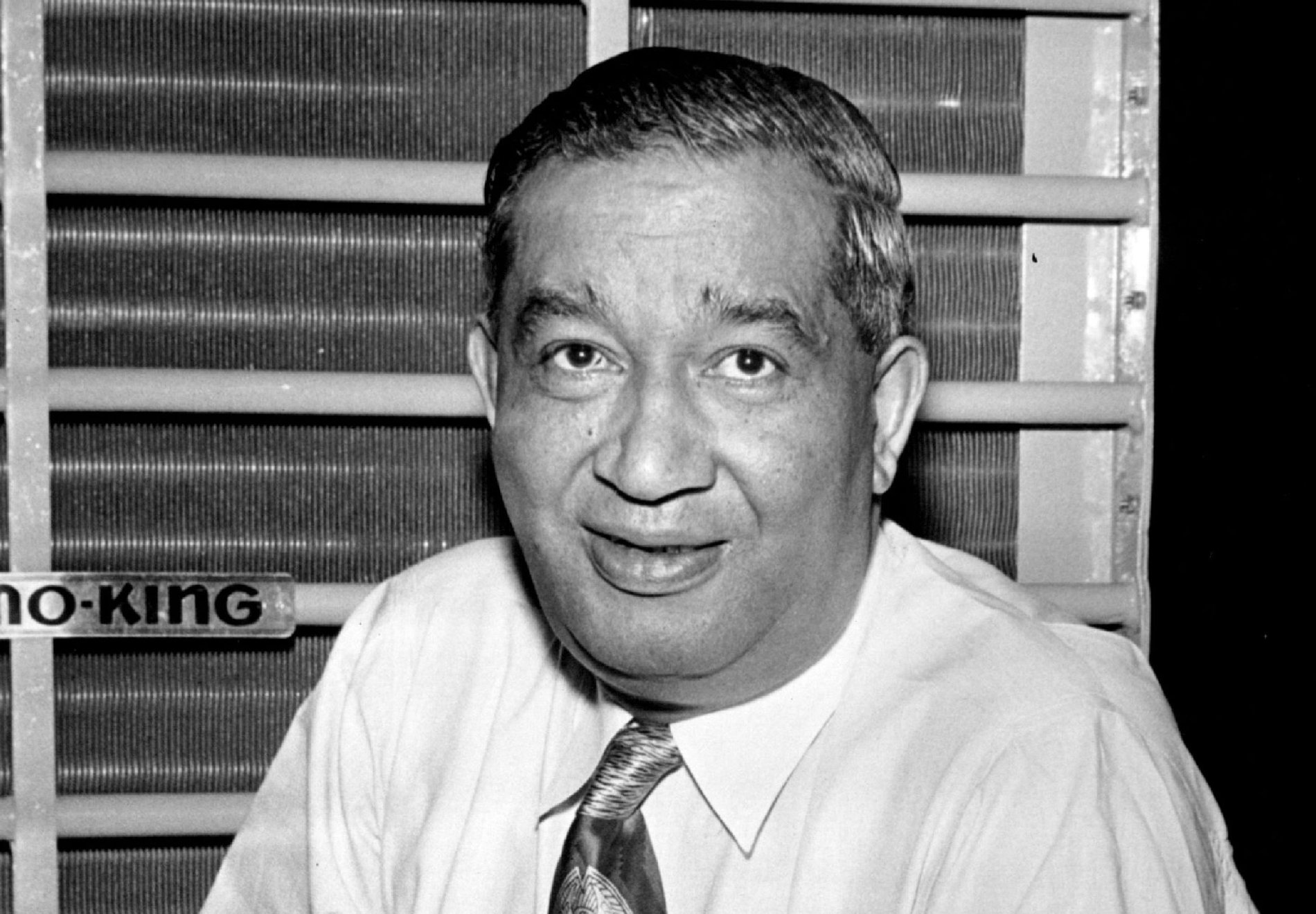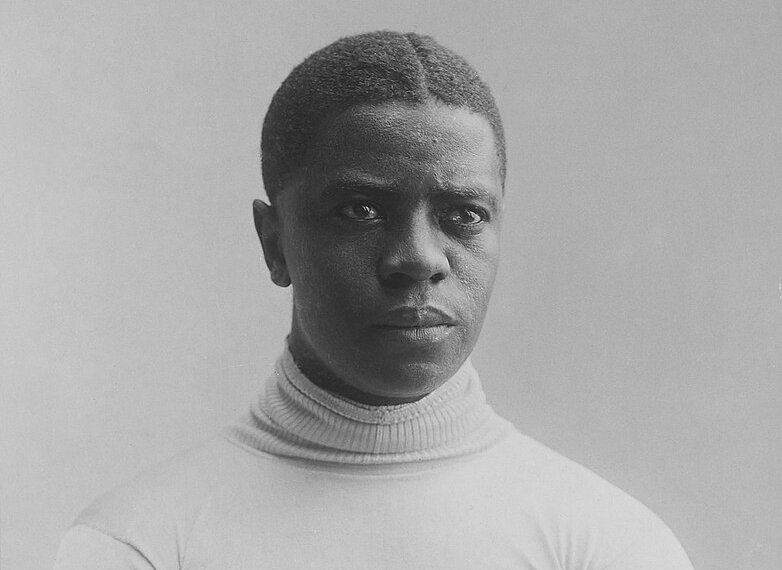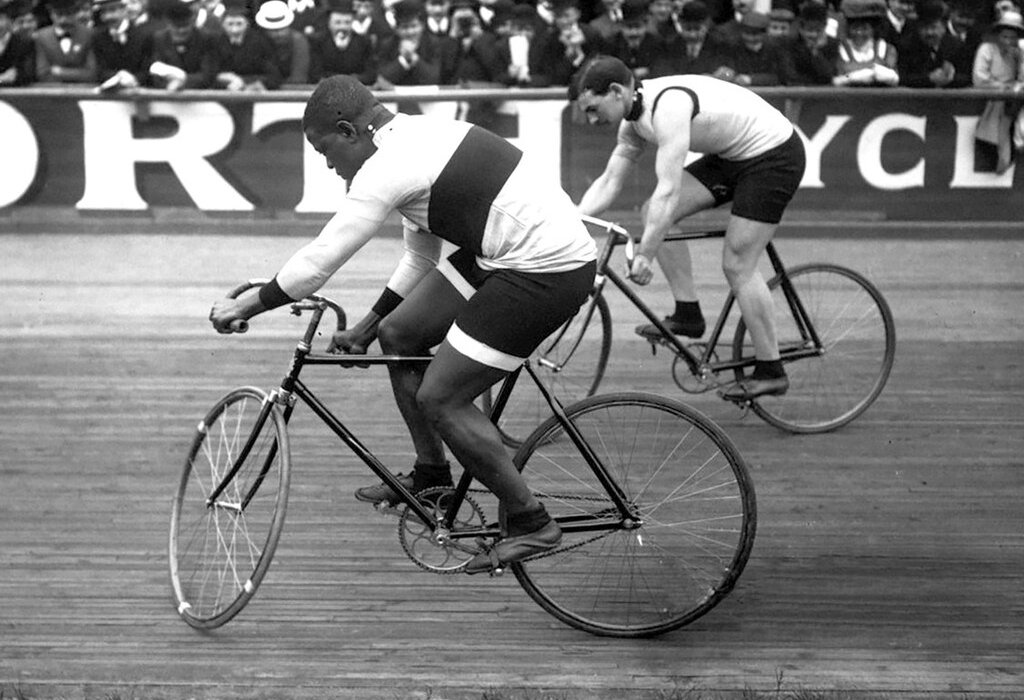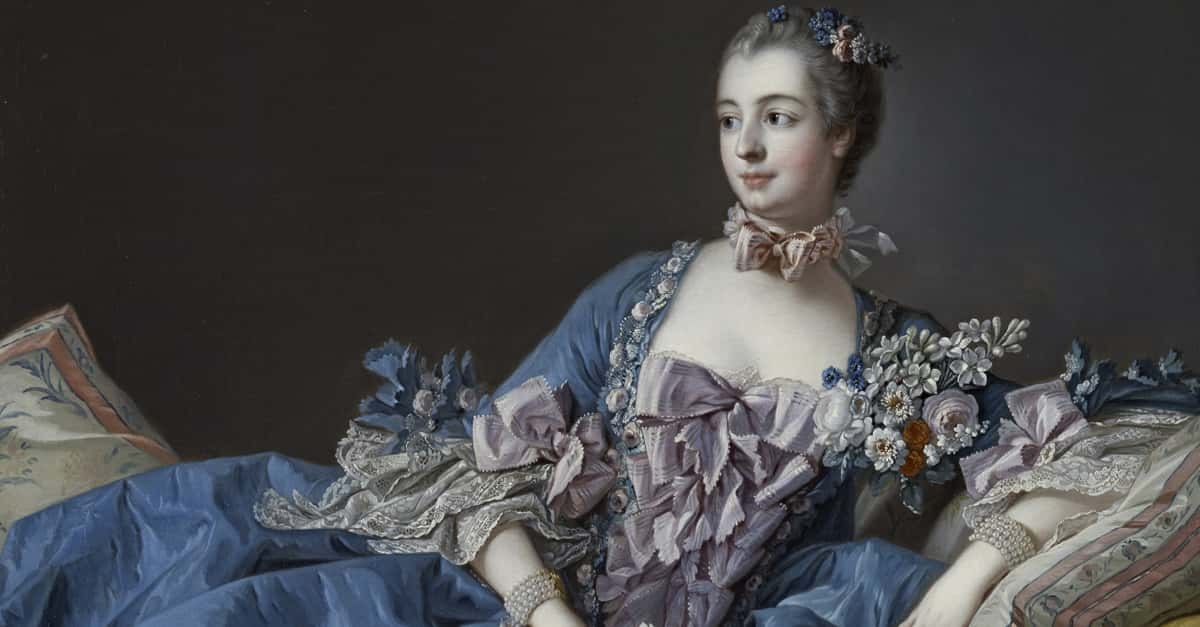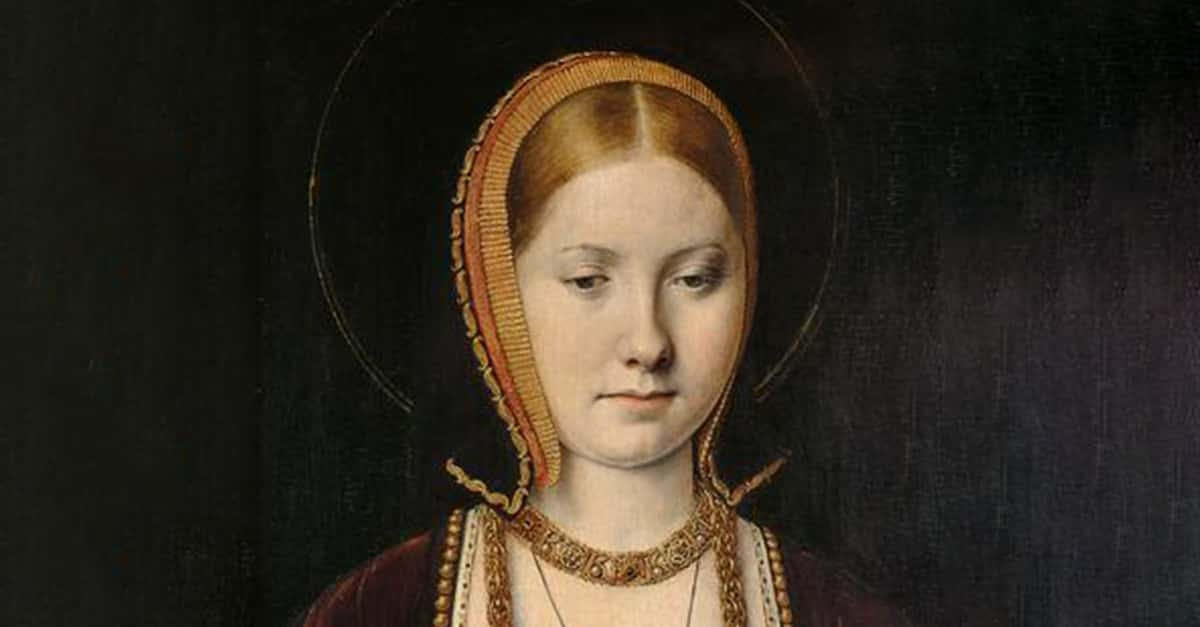Giving Them Their Due
History is told by the so-called victor. For too long, we’ve shared the stories of those who reflect the people in power, and not those who deserve it. So, to correct that, we’ve collected a list of influential Black folks throughout history.
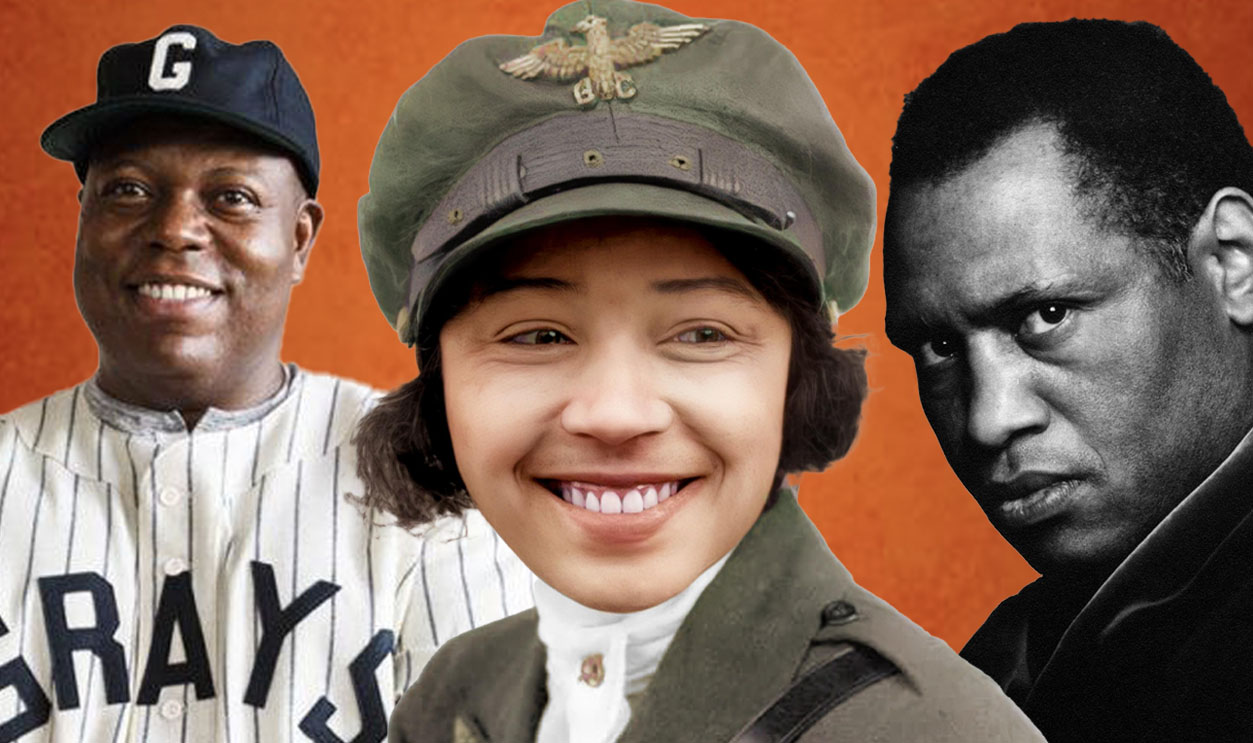
Albert Murray
Albert Murray was one of the most influential thinkers of the 20th century. He changed the way that people talk about race, yet he is often forgotten himself.
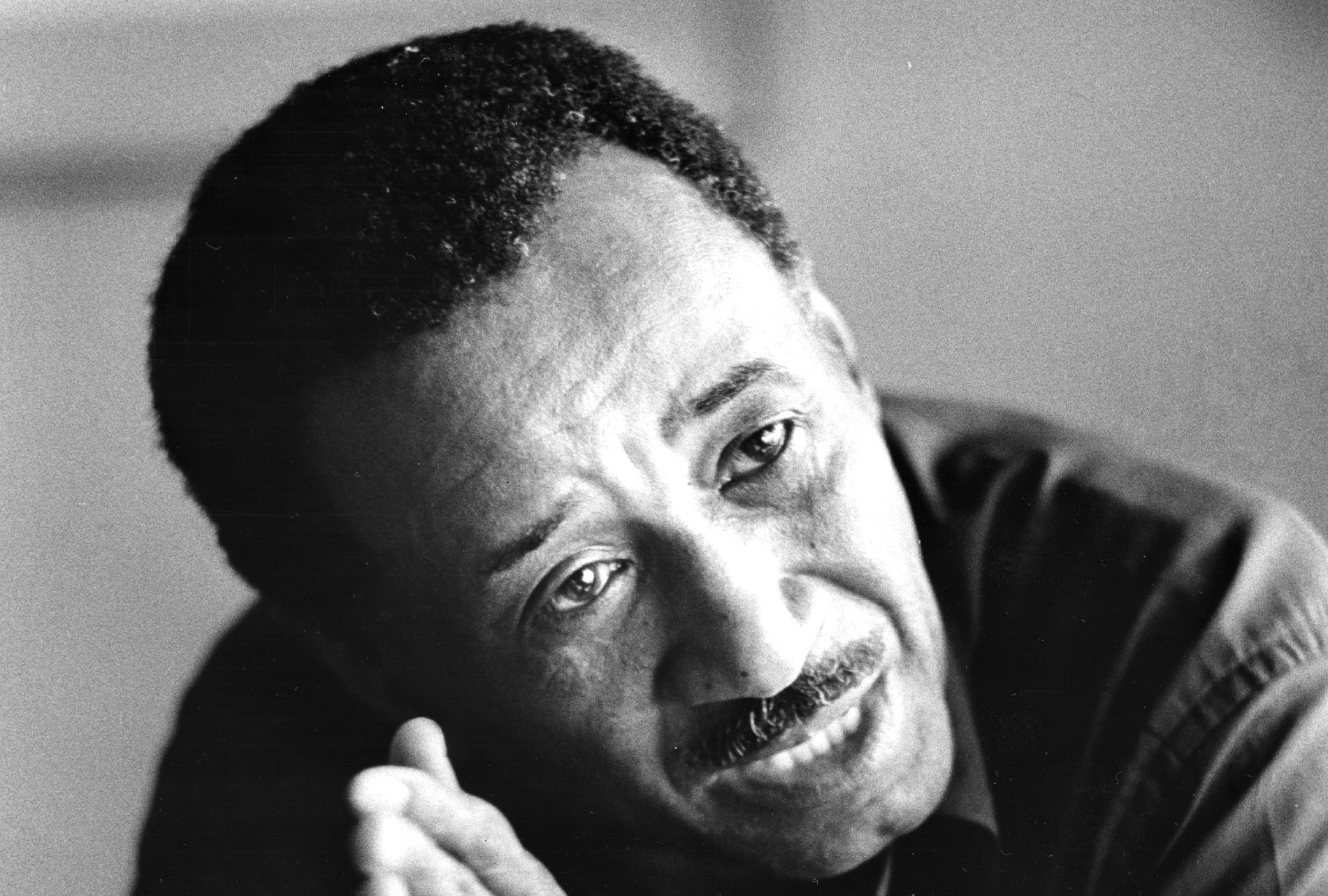 The Washington Post, Getty Images
The Washington Post, Getty Images
Albert Murray
He remarked that Black and White people are inextricably bound to one another; he was a novelist, yet he revolutionized the conversation of race with his essays.
Althea Gibson
Venus and Serena Williams are undeniable forces in the world of tennis. However, their launch to stardom was predated by another figure: Althea Gibson.
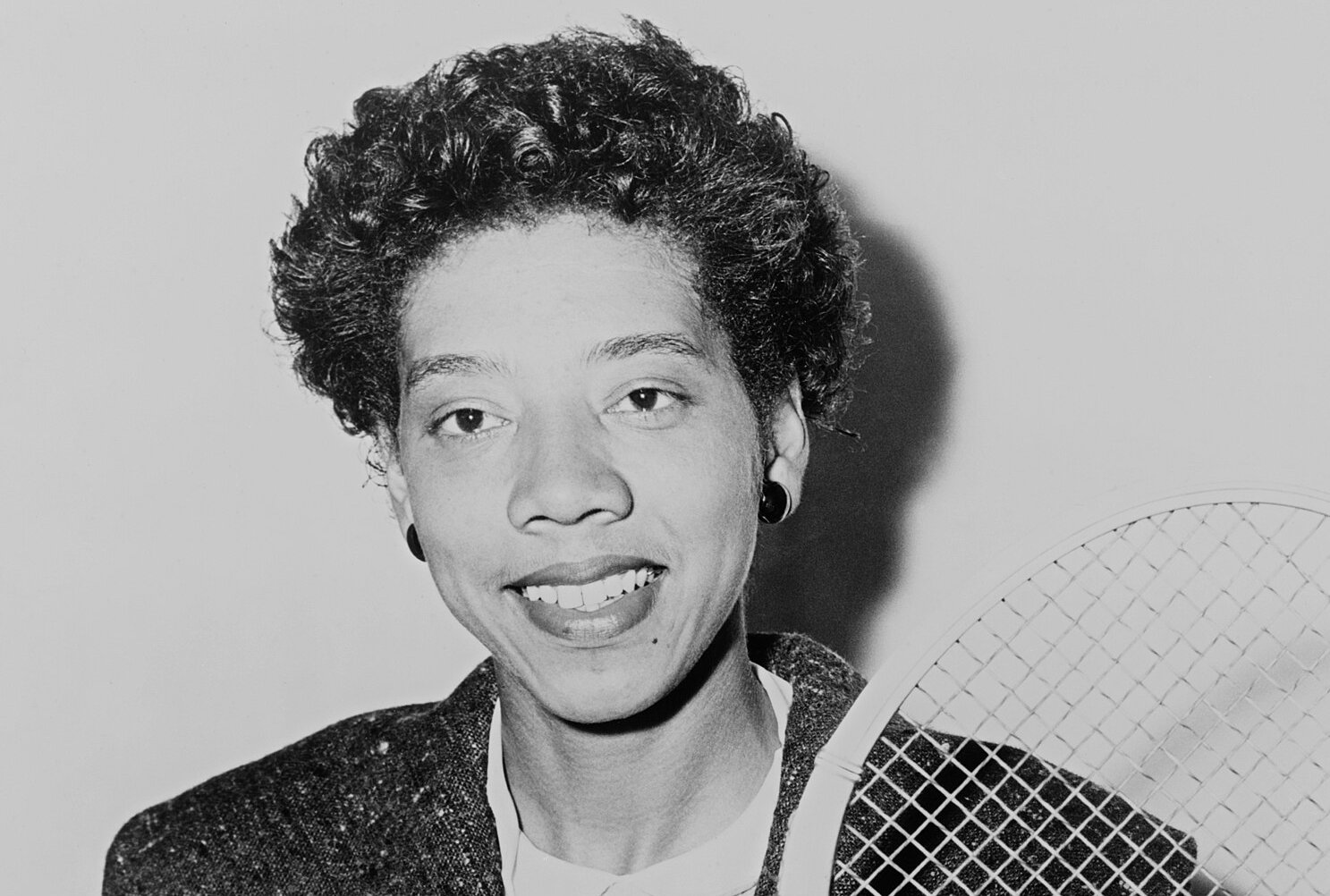 Fred Palumbo, Wikimedia Commons
Fred Palumbo, Wikimedia Commons
Althea Gibson
By the time Gibson retired from tennis, she was the world’s top-ranked female player. She’d won 11 Grand Slam titles. Not satisfied with conquering one sport, she took up golf, becoming the first Black player on the LPGA after retiring from tennis.
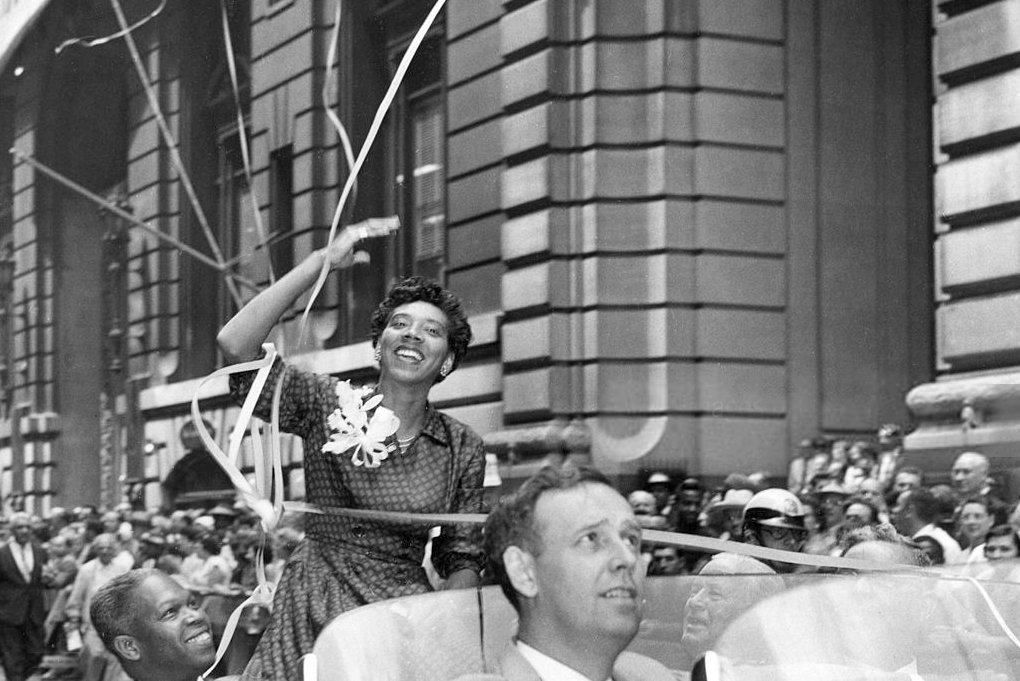 Newspress Photo, Wikimedia Commons
Newspress Photo, Wikimedia Commons
Bayard Rustin
Rustin was one of the most important civil rights leaders of the 20th century. He was a key ally of Martin Luther King Jr, though his contributions are spoken of far less.
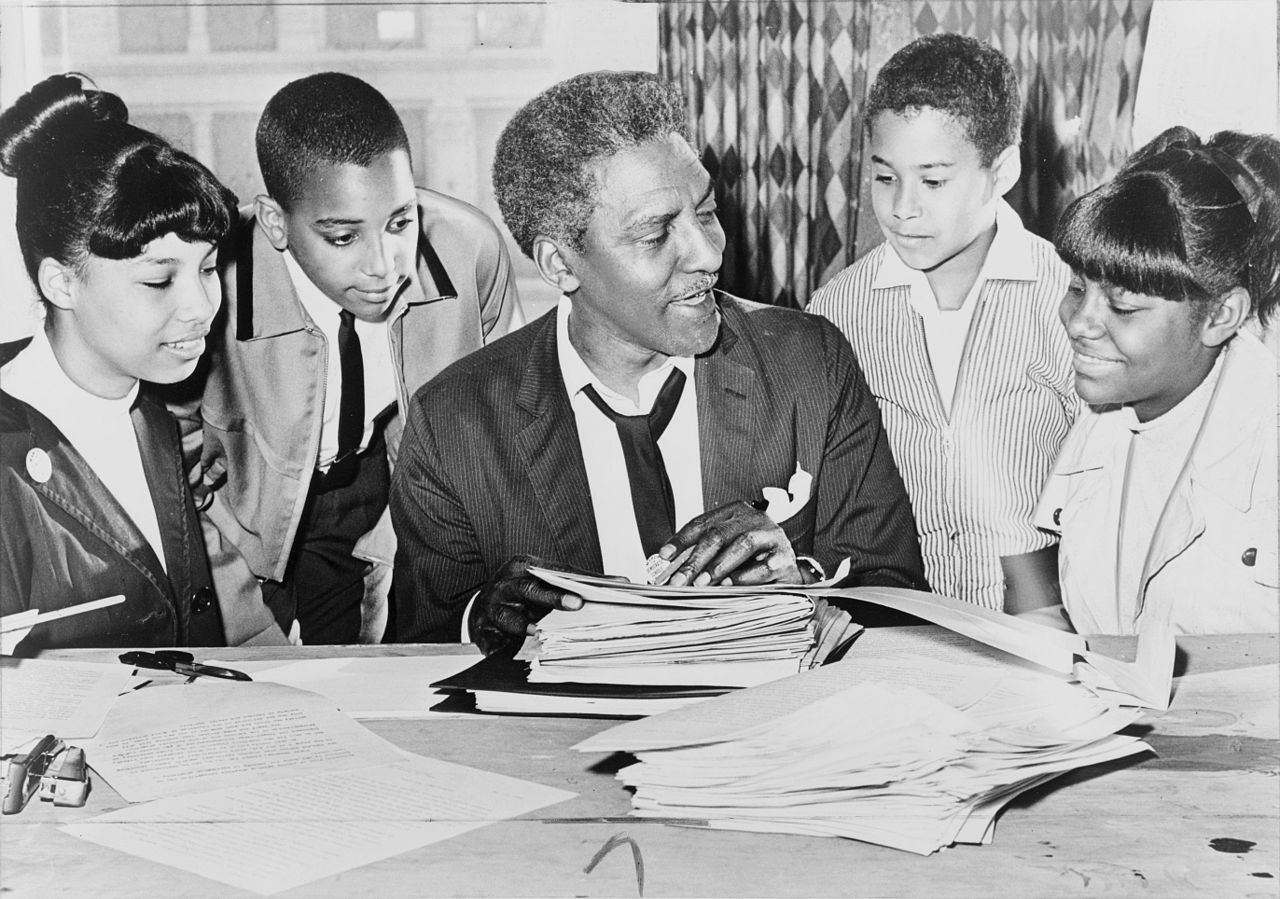 New York World-Telegram and the Sun staff photographer, Wikimedia Commons
New York World-Telegram and the Sun staff photographer, Wikimedia Commons
Bayard Rustin
Not only did Rustin have to fight prejudice for the color of his skin, but for whom he chose to love as well. Despite this, he organized the March on Washington in 1964 which led to the famous “I Have a Dream” speech.
Sadie Tanner Mossell Alexander
Sadie Tanner Mossell Alexander was the first person of color in America to earn a PhD in economics. She didn’t sit idly from there. She earned a law degree, becoming the first Black woman to pass the bar, practicing law in the state of Pennsylvania.
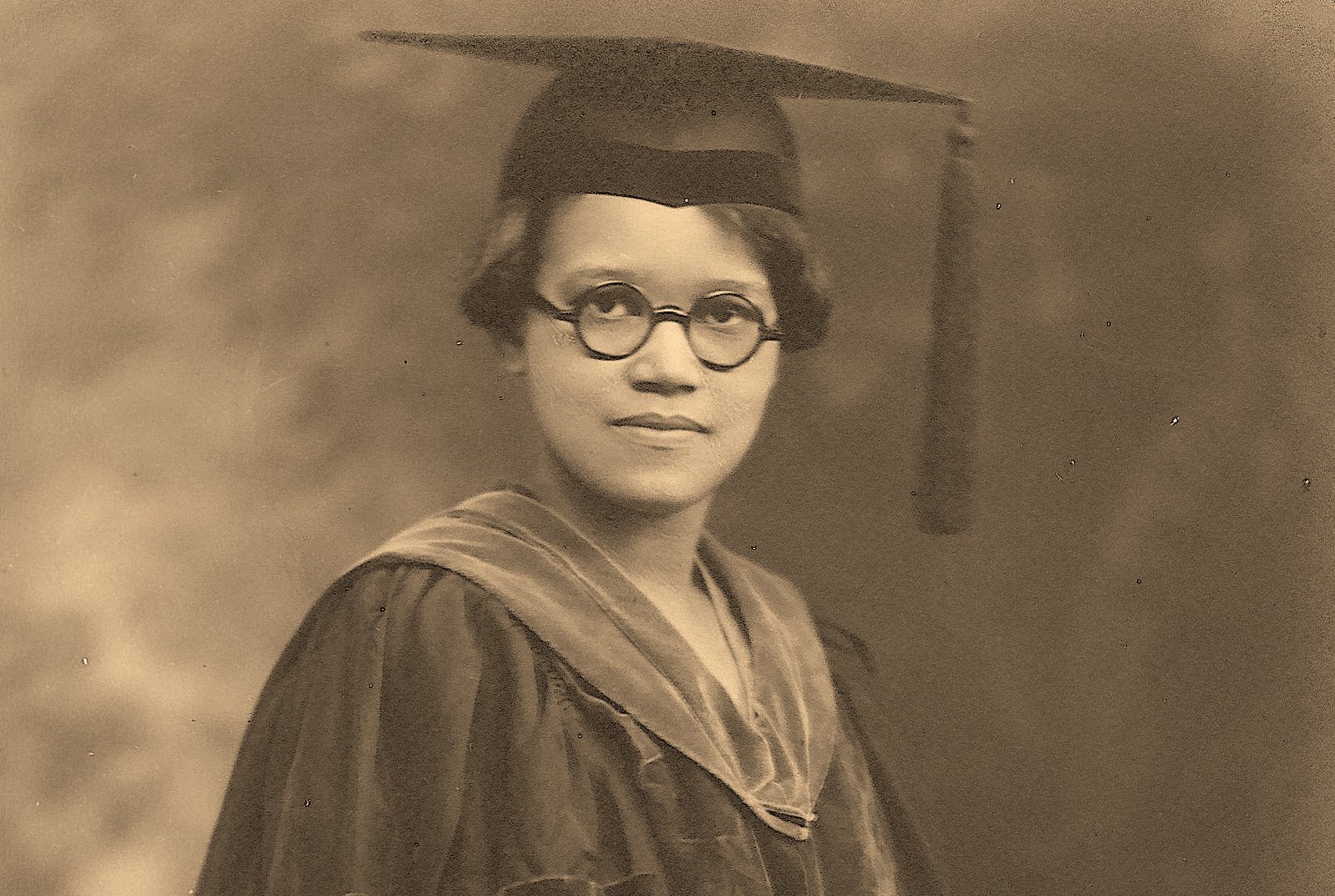 Unknown Author, Wikimedia Commons
Unknown Author, Wikimedia Commons
Sadie Tanner Mossell Alexander
If that wasn’t impressive enough, she continued to rise as she got older. President Truman named her to his Committee on Civil Rights, and Jimmy Carter appointed her chair of the White House Conference on Aging.
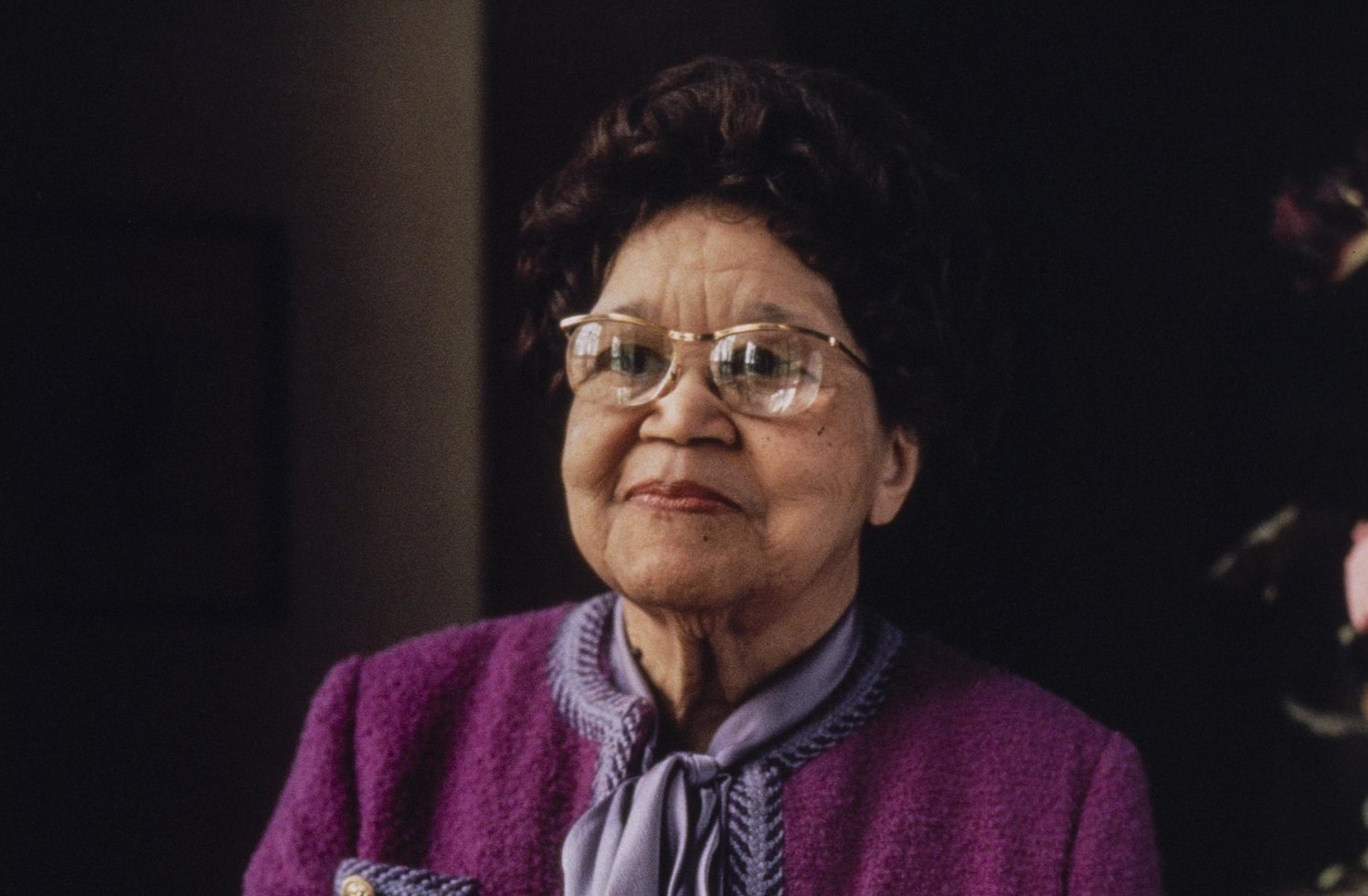 Schlesinger Library, RIAS, Harvard University, Wikimedia Commons
Schlesinger Library, RIAS, Harvard University, Wikimedia Commons

History's most fascinating stories and darkest secrets, delivered to your inbox daily.
Howard Thurman
Howard Thurman’s talent was a quiet one. He was a pastor and professor. His book Jesus and the Disinherited had a profound influence on Martin Luther King Jr, and he played a key role in influencing the foundations of the civil rights movement.
Audre Lorde
Those who are lucky enough to know of Audre Lorde are likely aware of her famous introduction: “Black, lesbian, mother, warrior poet”. Lorde worked as a librarian in the New York public schools before her poetry made its impact.
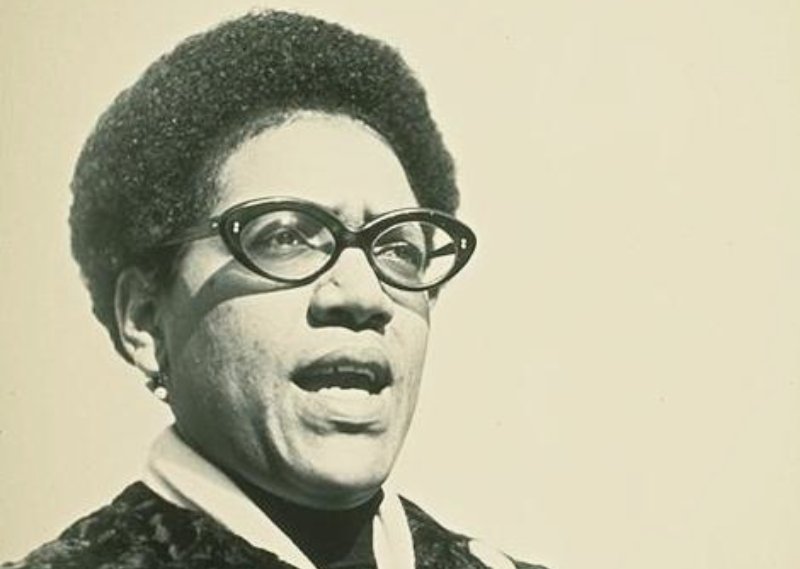 Elsa Dorfman, CC BY-SA 3.0, Wikimedia Commons
Elsa Dorfman, CC BY-SA 3.0, Wikimedia Commons
Audre Lorde
Lorde was a powerful poet who was not afraid of calling out the issues that directly affected her life. Eventually becoming the poet laureate of New York, Lorde had the power to influence people and she didn’t shy away from using it.
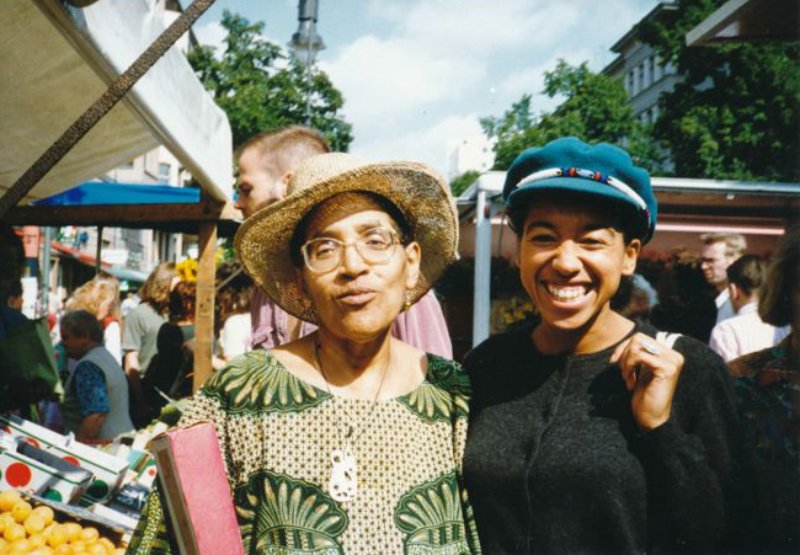 Schultz, Dagmar, CC BY-SA 4.0, Wikimedia Commons
Schultz, Dagmar, CC BY-SA 4.0, Wikimedia Commons
Ella Baker
Ella Baker is known by few outside of the activist circles that she once existed in. However, she played a major role in three of the biggest groups of the civil rights movement. Her work deserves to be known.
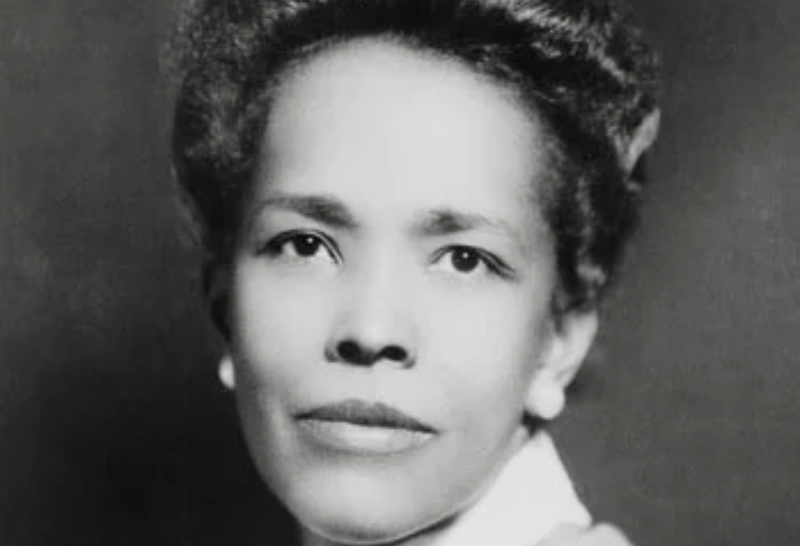 Unknown Author, Wikimedia Commons
Unknown Author, Wikimedia Commons
Ella Baker
She was a founder or organizer for the NAACP, the Southern Christian Leadership Conference, and the Student Nonviolent Coordinating Committee. She has been called “the mother of the civil rights movement”.
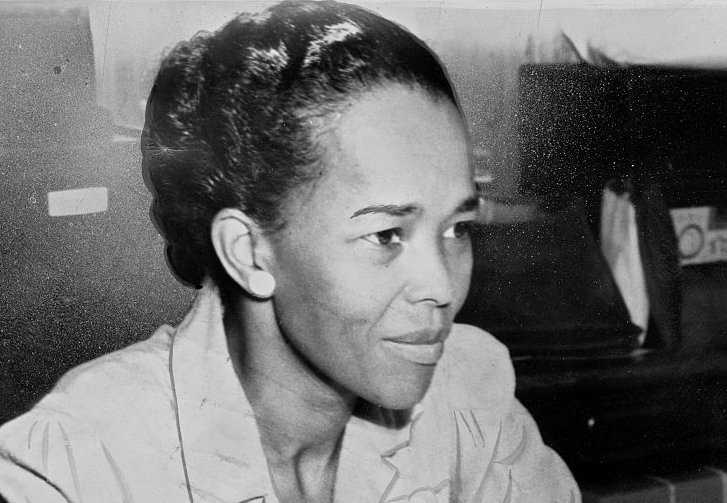 Afro American Newspapers/Gado, Getty Images
Afro American Newspapers/Gado, Getty Images
Gordon Parks
Gordon Parks may be best remembered for the hit film Shaft, which he directed. However, he was an extremely talented man who had great influence through his creative endeavors.
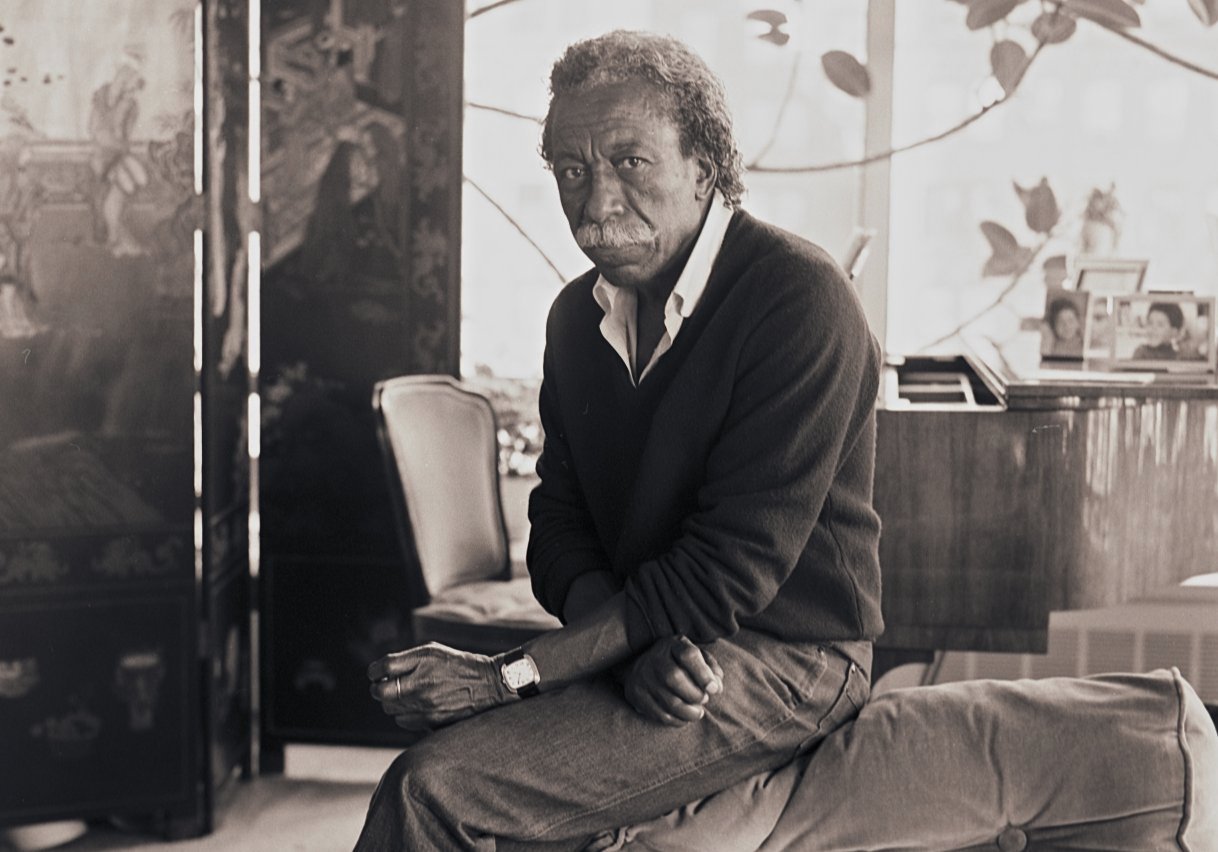 David Finn, CC BY-SA 4.0, Wikimedia Commons
David Finn, CC BY-SA 4.0, Wikimedia Commons
Gordon Parks
It was his photography that allowed Parks to make the largest impact. He was the first staff writer for Life magazine, and his photos evoked the humanity of his subjects. He made great strides in activism through his photos.
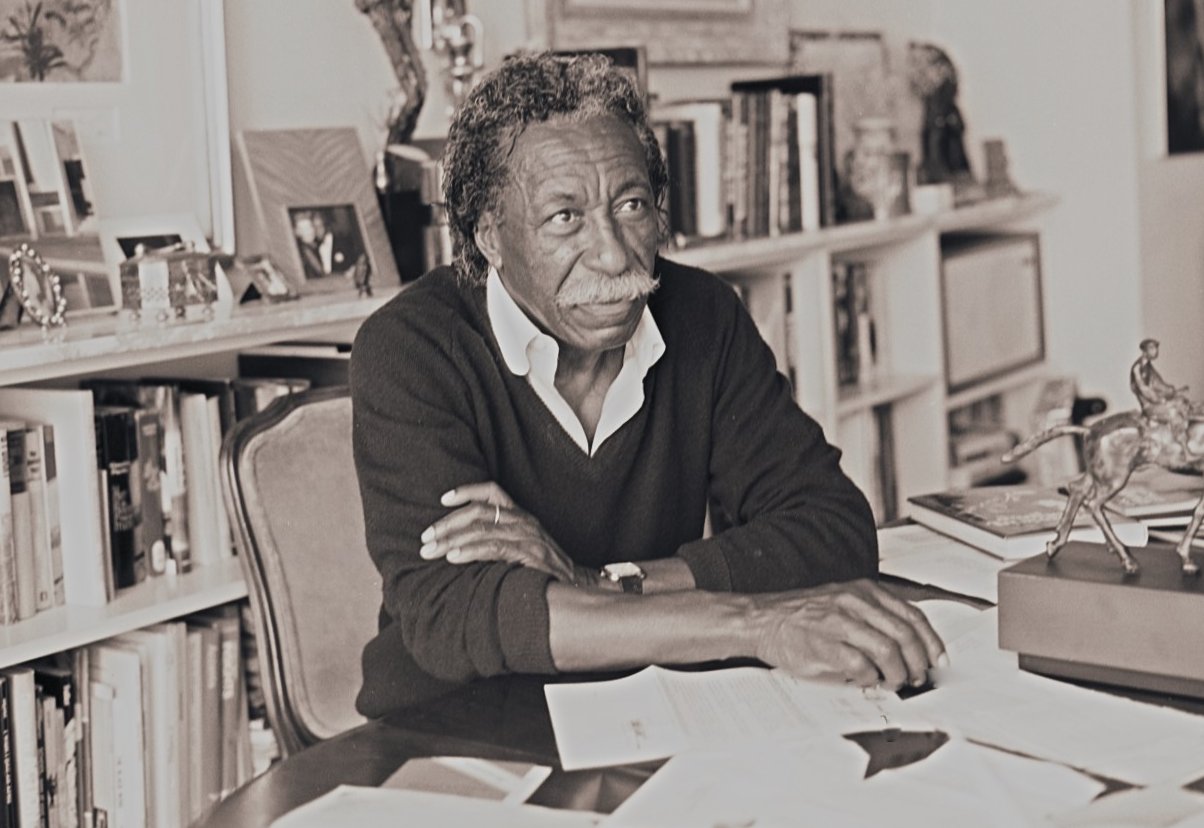 David Finn, CC BY-SA 4.0, Wikimedia Commons
David Finn, CC BY-SA 4.0, Wikimedia Commons
Daisy Gatson Bates
Everyone has heard of the Little Rock Nine. While they are forever marked by history, the woman who organized those students is often forgotten. Meet Daisy Gatson Bates, the powerhouse that made that important step happen.
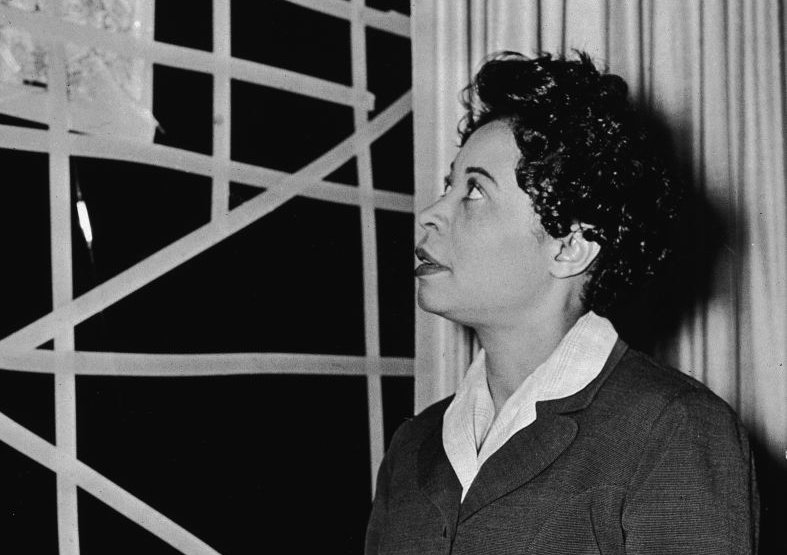 New York Times Co., Getty Images
New York Times Co., Getty Images
Daisy Gatson Bates
Bates' childhood was filled with tragedy and challenges due to prejudice. As an adult, she turned that experience into power. She and her husband founded a civil rights newspaper in Little Rock, and she planned the strategy for desegregating schools in the state.
Fritz Pollard
Fritz Pollard was a talented athlete who was used to leading the way. He was the first Black player on Brown University’s football team. He was also one of only two Black players in the American Professional Football Association, which would become the NFL.
 Unknown Author, Wikimedia Commons
Unknown Author, Wikimedia Commons
Fritz Pollard
Pollard was often faced with anger and disrespect due to the color of his skin. In 1921, he was playing with the Akon Pros when they named him its coach. This made him the first African American head coach in league history.
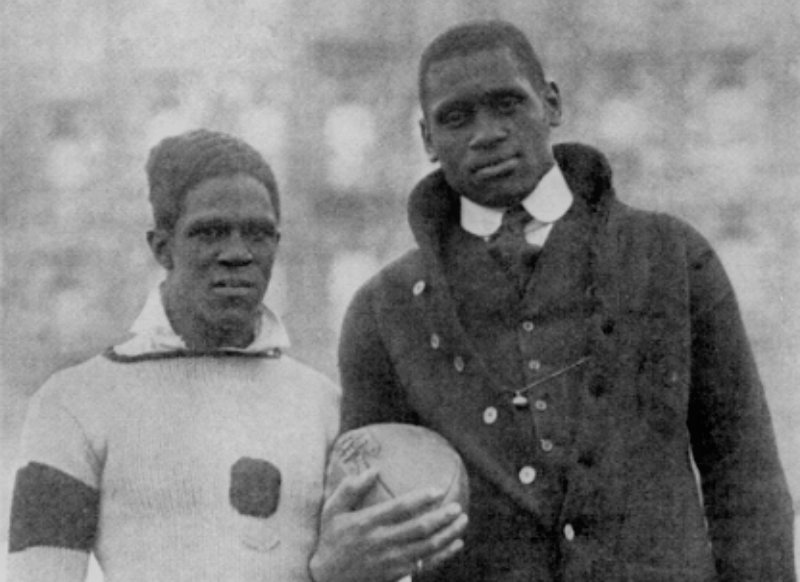 Unknown Author, Wikimedia Commons
Unknown Author, Wikimedia Commons
Gil Scott-Heron
A poet and activist in New York during the 70s, Gil Scott Heron is credited with being the “godfather of rap”. Most don’t realize it, but his work is so prevalent that you’ve likely come across one of his poetic turns of phrases.
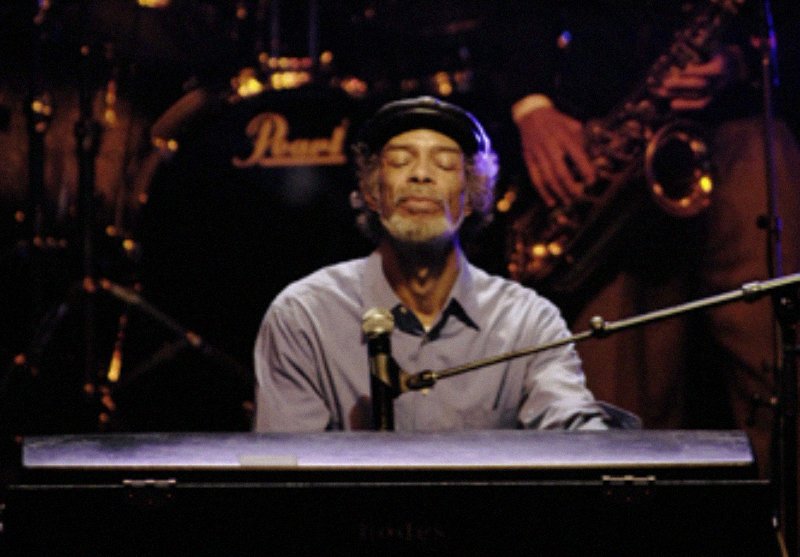 Adam Turner, CC BY-SA 3.0, Wikimedia Commons
Adam Turner, CC BY-SA 3.0, Wikimedia Commons
Marsha P Johnson
Marsha P Johnson is a veteran of the Stonewall Inn protests, credited as one of the first to resist arrest. She was a pioneering activist and pivotal figure in queer and gender rights. She is remembered as a hero, though her life was full of adversity.
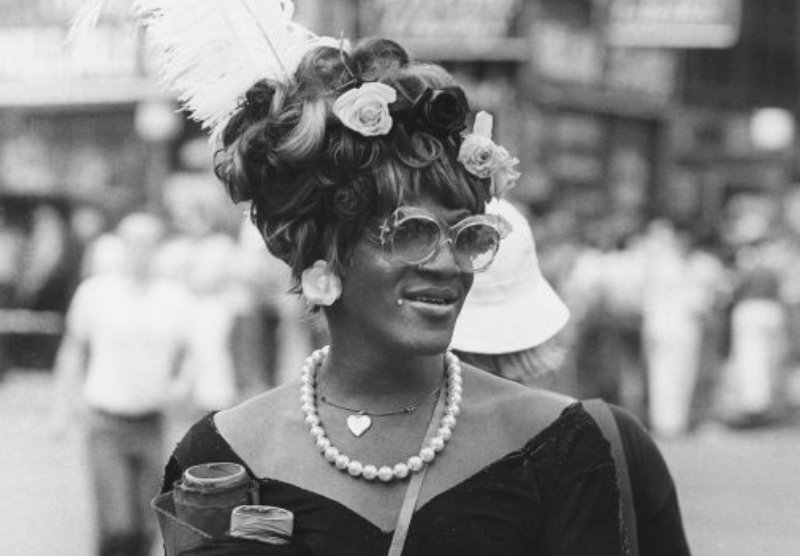 Hank O'Neal, Wikimedia Commons
Hank O'Neal, Wikimedia Commons
Jane Bolin
Jane Bolin was a force that could not be stopped, nor should she have been. The daughter of an influential lawyer, she grew up knowing she wanted a career in social justice and would not stop until she got it.
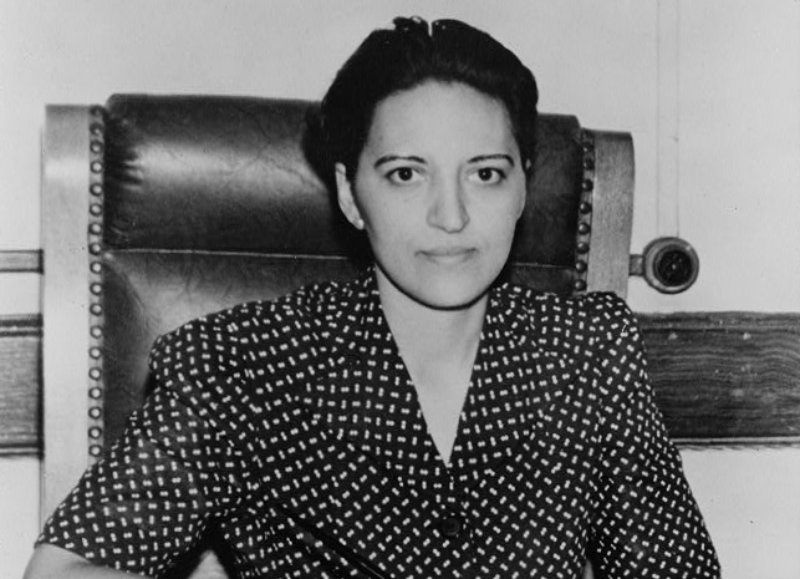 Employee of the Office of War Information, Wikimedia Commons
Employee of the Office of War Information, Wikimedia Commons
Jane Bolin
As such, Bolin reached so many firsts in her life that it can be hard to keep track of. She was the first Black woman to graduate from Yale Law School, the first Black woman to join the New York City Bar Association, and the nation's first Black female judge.
Frederick McKinley Jones
You would be living a very different life without Frederick McKinley Jones. He patented a refrigeration system that revolutionized our ability to transport foods, among other things.
Frederick McKinley Jones
Jones’s invention also helped develop new frontiers in medicine. In his life, Jones earned 60 patents. Posthumously, he became the first African American to receive the National Medal of Technology.
Max Robinson
Max Robinson was the first Black person to anchor a nightly network news, though that isn’t what he was remembered for. He’s remembered for being a trailblazer in broadcasting and journalism. He used his platform to speak out and help other future broadcasters.
 ABC, ABC World News Tonight (1948-)
ABC, ABC World News Tonight (1948-)
Bessie Coleman
Thanks to her mysterious disappearance, everyone speaks about Amelia Earhart. However, few have heard of Bessie Coleman, the first Black woman to become a pilot. When the US refused to permit her to flight schools, Coleman took matters into her own hands.
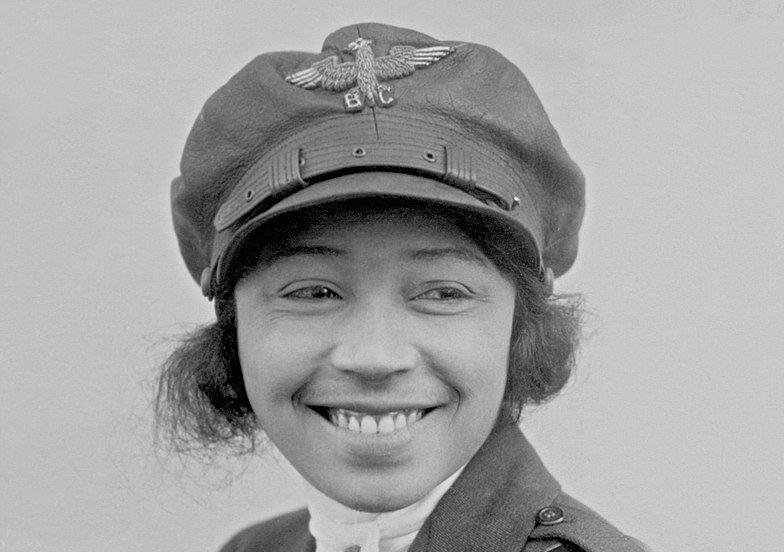 Unknown Author, Wikimedia Commons
Unknown Author, Wikimedia Commons
Bessie Coleman
Coleman went to Paris, where she received training and her pilot’s license. She returned to the States to wow audiences. However, her passion would end her life before she could truly fulfill her dreams.
 Unknown Author, Wikimedia Commons
Unknown Author, Wikimedia Commons
Fannie Lou Hamer
Fannie Lou Hamer proved to everyone that you didn’t need a fancy education, or to be a man, to make an impact. Despite being poor and uneducated, Hamer didn’t let anyone stop her from speaking her mind.
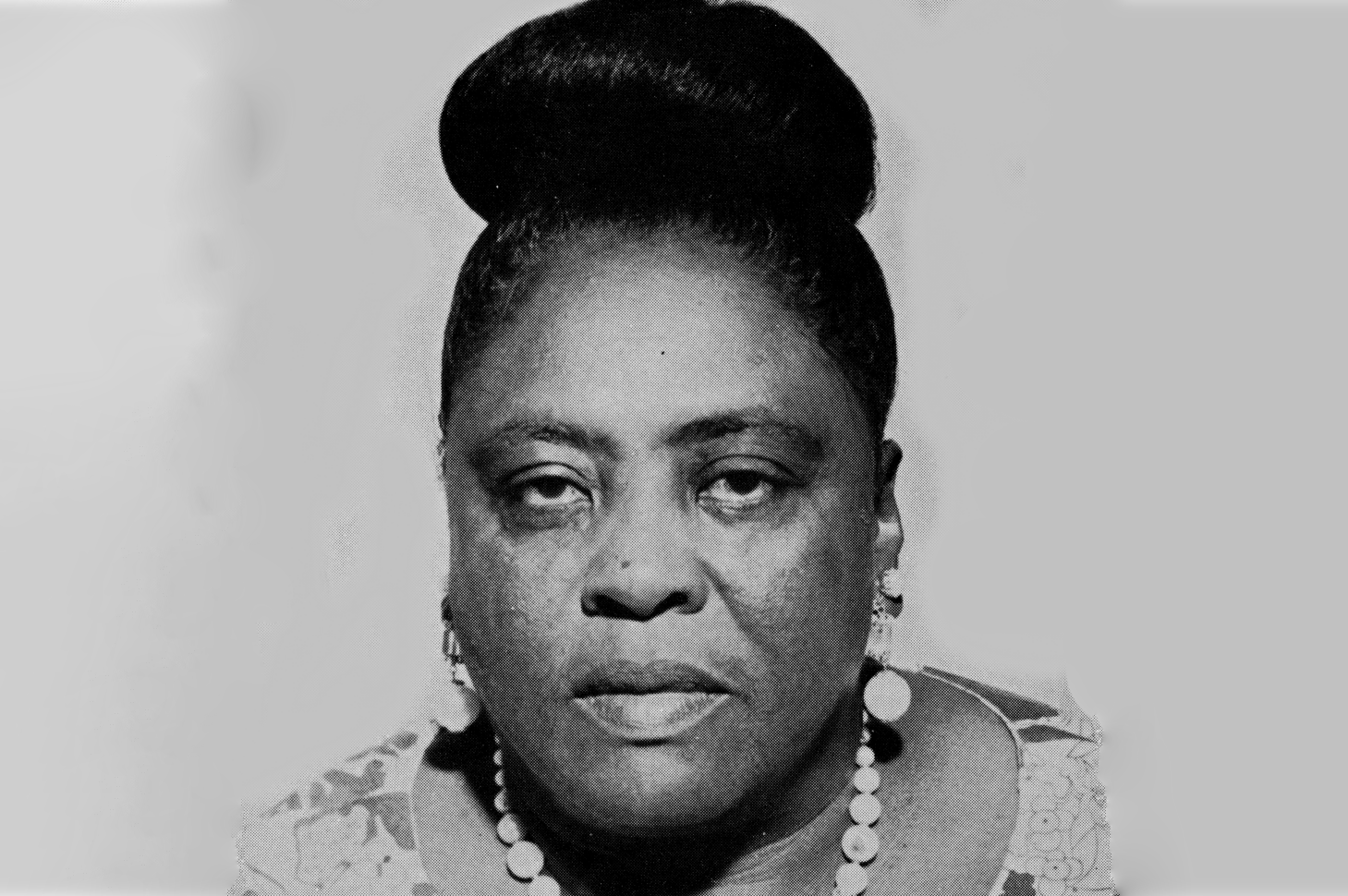 Mississippi Department of Archives and History, Wikimedia Commons
Mississippi Department of Archives and History, Wikimedia Commons
Fannie Lou Hamer
Hamer spoke so eloquently at the 1964 Democratic Convention that then-president Lyndon B Johnson forced the networks to break away by calling a last-minute press conference. He was fearful of Hamer’s power to alienate Southern Democrats.
 Warren K. Leffler, U.S. News & World Report Magazine, Wikimedia Commons
Warren K. Leffler, U.S. News & World Report Magazine, Wikimedia Commons
Paul Robeson
Paul Robeson was a man who seemed to be able to do anything. An actor, author, lawyer, athlete, singer, and activist, there was a question of what he couldn’t do. Though, his outspokenness often got in the way of his success.
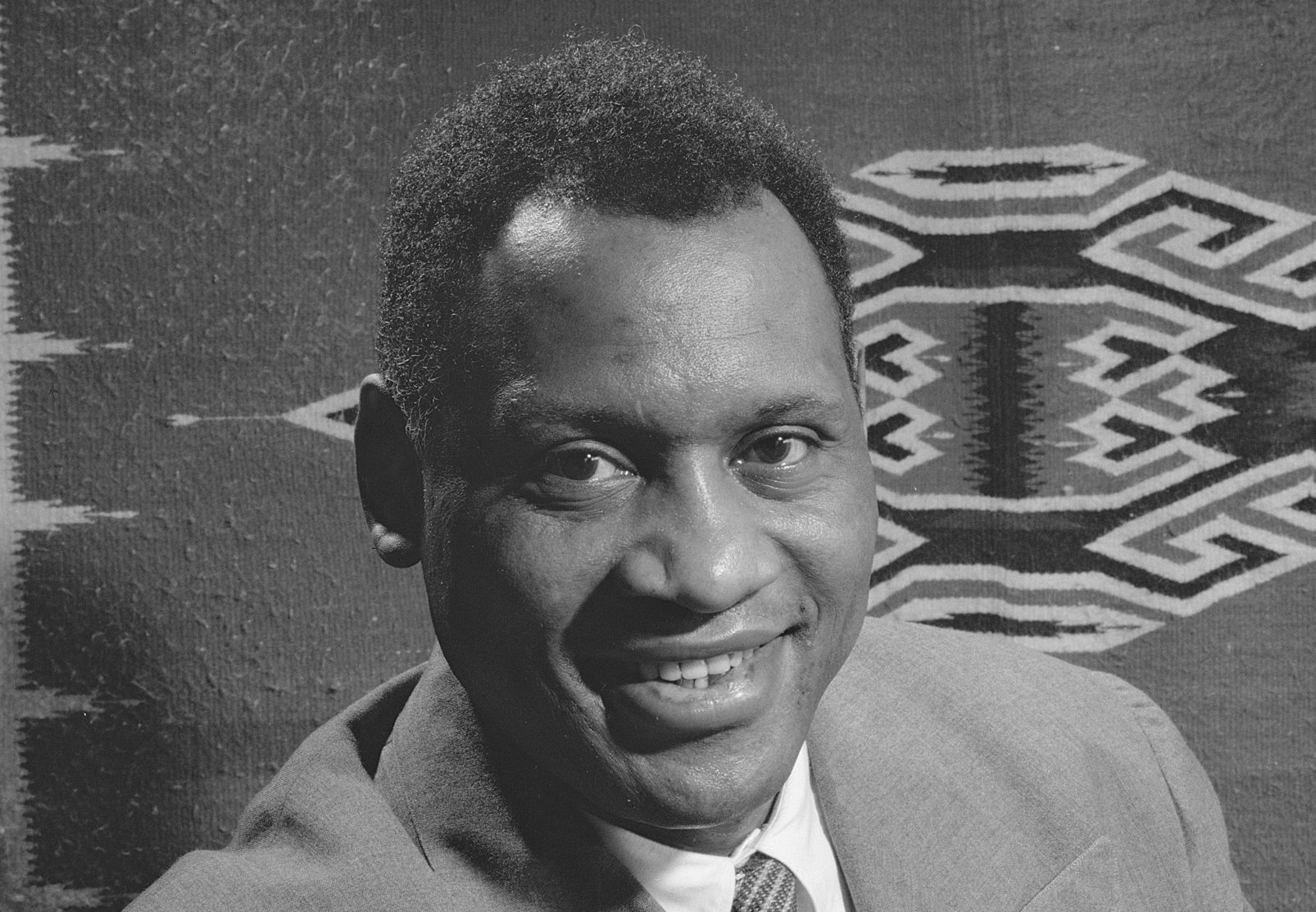 Gordon Parks, Office of War Information, Wikimedia Commons
Gordon Parks, Office of War Information, Wikimedia Commons
Paul Robeson
His law career ended when Robeson quit his job in protest over the discrimination he received. He then turned to the theater, where he began to gain fame. He used his platform to fight for human rights, which ultimately ended his career.
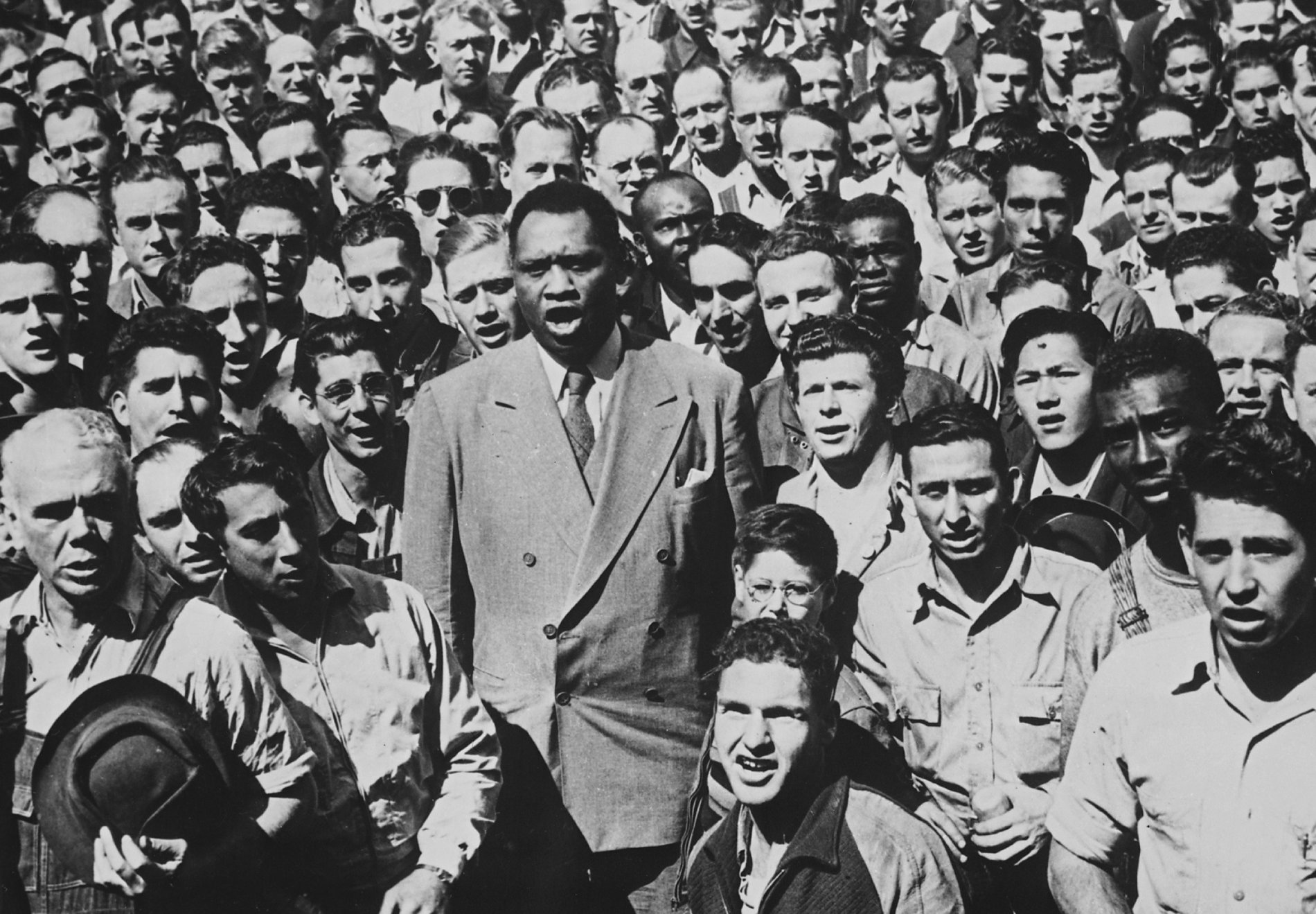 National Archives at College Park, Wikimedia Commons
National Archives at College Park, Wikimedia Commons
Constance Baker Motley
The power of Constance Baker Motley’s speeches knew no bounds. It paid her way through NYU and Columbia Law School, which enabled her to argue for desegregation and fair housing. It also brought her to the highest court in the land.
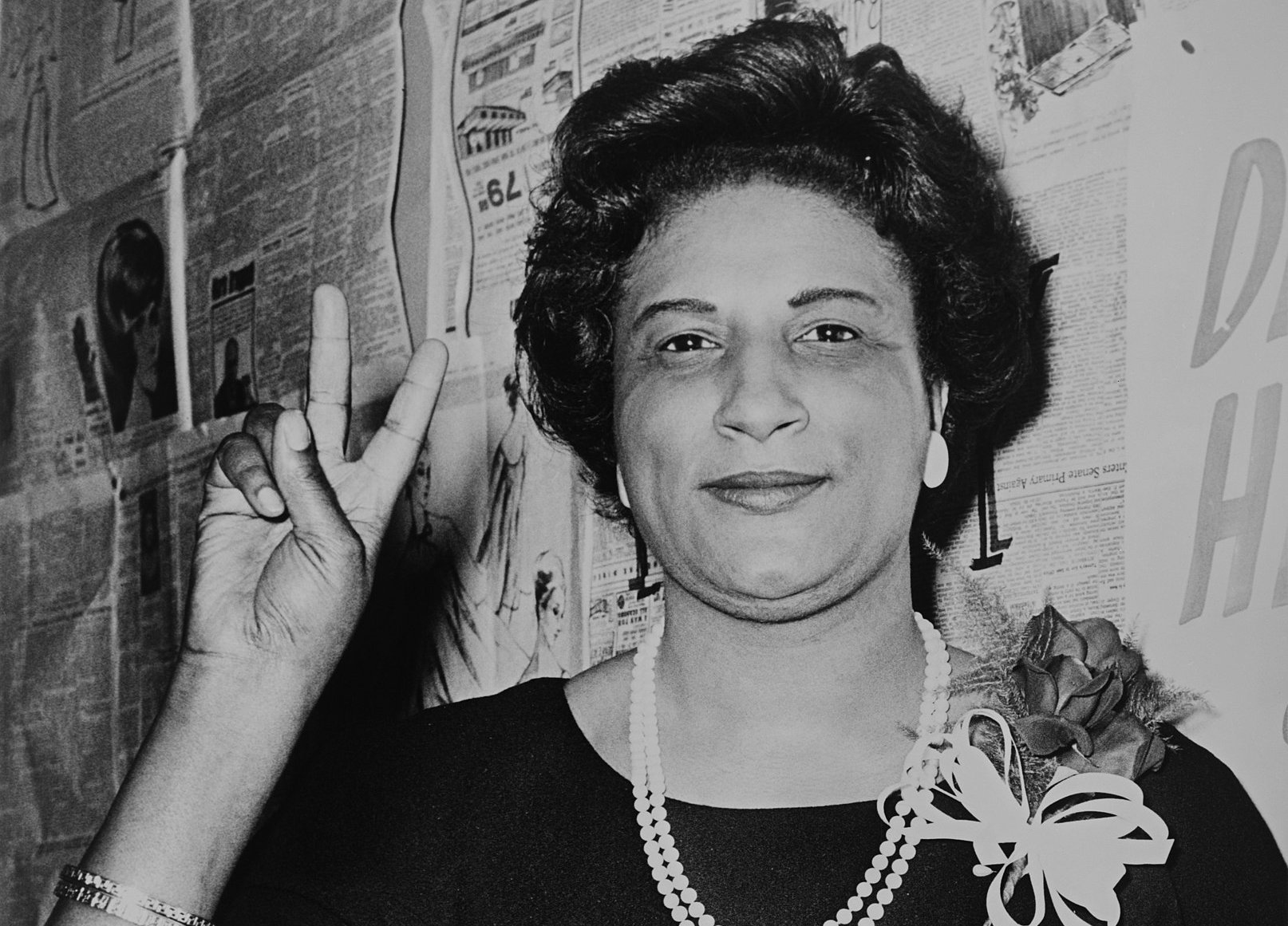 Walter Albertin (World Telegram & Sun), Adam Cuerden, Wikimedia Commons
Walter Albertin (World Telegram & Sun), Adam Cuerden, Wikimedia Commons
Constance Baker Motley
Motley was the first Black woman to argue a case before the Supreme Court. She wrote the brief for the landmark Brown vs Board of Education case, paving the way for future fights to be won.
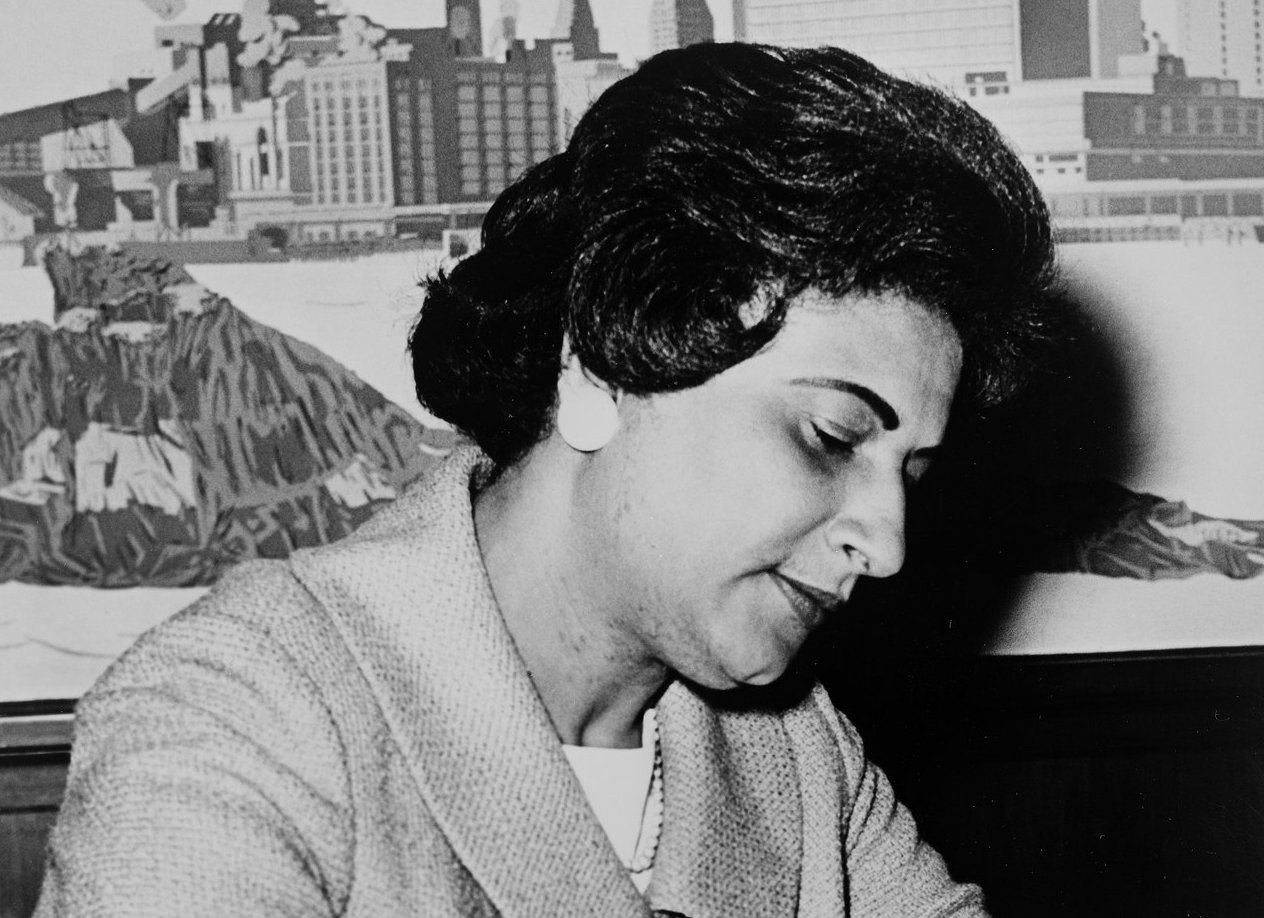 Fred Palumbo (World Telegram & Sun), Wikimedia Commons
Fred Palumbo (World Telegram & Sun), Wikimedia Commons
Charles Richard Drew
The world would be a far more dangerous place without Charles Richard Drew. Drew played a major role in developing America’s first large-scale blood banking program, paving the way for anyone who’s needed a transfusion since.
 Betsy Graves Reyneau, Wikimedia Commons
Betsy Graves Reyneau, Wikimedia Commons
Eunice Hunton Carter
It seems far-fetched to imagine that one woman could bring down a famed mob boss. However, it’s not far-fetched when that woman is social worker and prosecutor Eunice Hunton Carter.
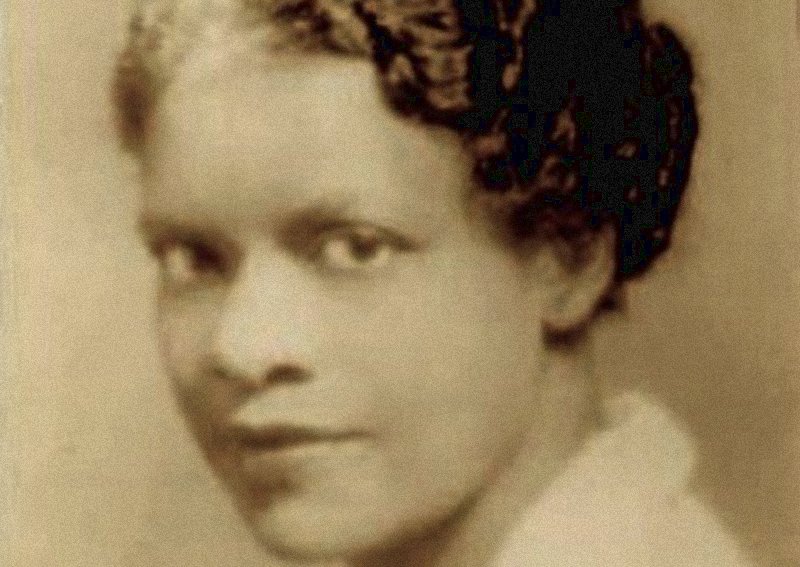 Bluesy Daye, Wikimedia Commons
Bluesy Daye, Wikimedia Commons
Eunice Hunton Carter
Although the credit has gone to Thomas Dewey, Charles “Lucky” Luciano, the leader of a large New York Family was brought down due to Carter's work. It was only through her extensive investigation that they were able to put together a case.
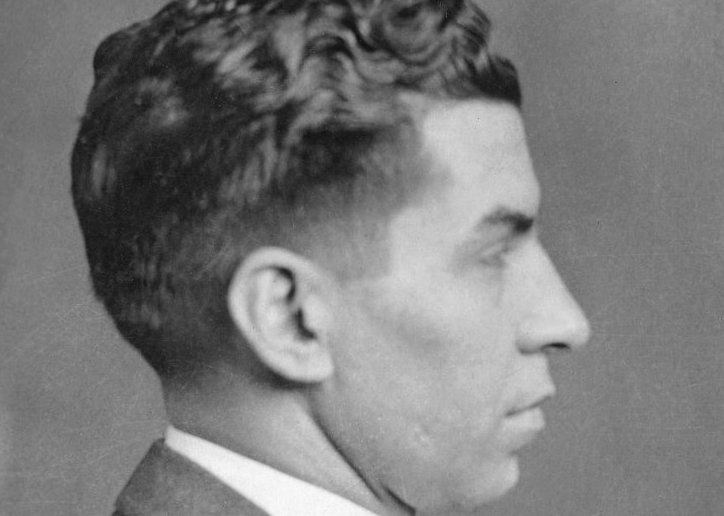 New York Police Department, Wikimedia Commons
New York Police Department, Wikimedia Commons
Josh Gibson
Prejudice is the only thing that has stopped Josh Gibson from getting the fame he deserved. A star of the former Negro League, Gibson hit almost 800 home runs over his 17-year career.
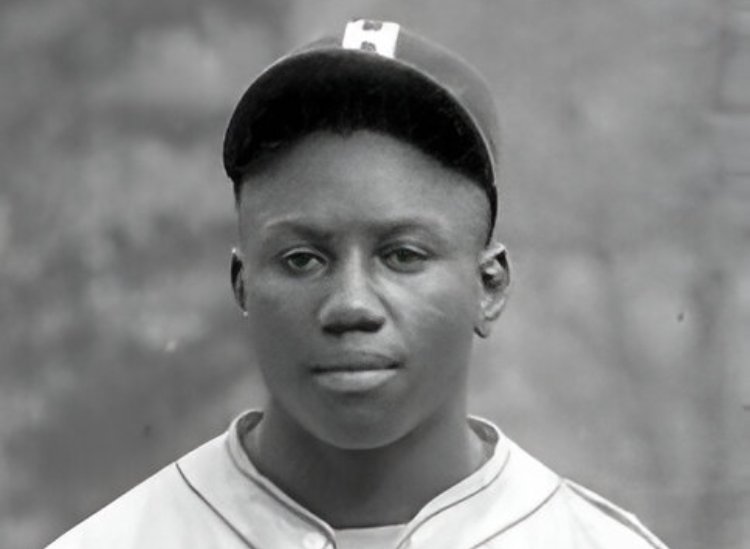 Harrison Studio, Wikimedia Commons
Harrison Studio, Wikimedia Commons
Gerald Wilson
Anyone watching Gerald Wilson direct his orchestra could say that he practically danced. He may not receive the fame that some big band arrangers did. However, that doesn’t change the fact that Wilson revolutionized jazz music, forming it into what it is today.
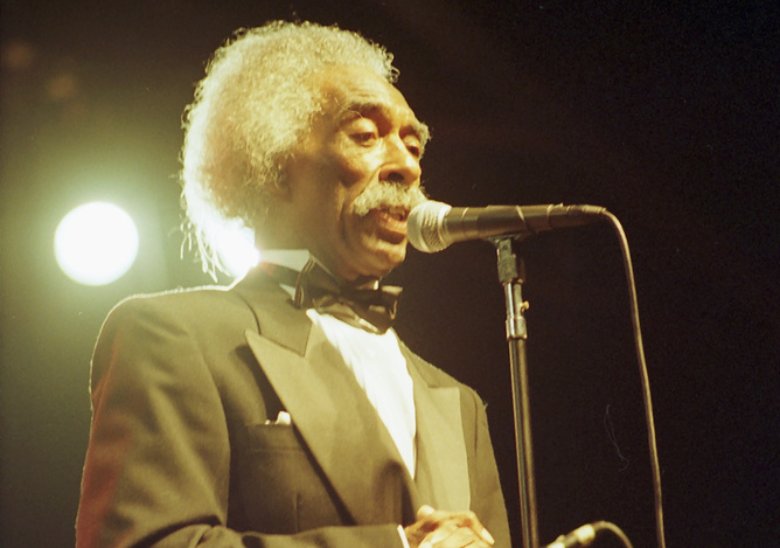 Richard Newhouse Marina, USA, CC BY-SA 2.0, Wikimedia Commons
Richard Newhouse Marina, USA, CC BY-SA 2.0, Wikimedia Commons
Amelia Boynton Robinson
Amelia Boynton Robins is remembered for the worst moments of her life. The photograph of a beating she received from Alabama state troopers horrified the nation, finally landing the horrors of the civil rights fight home. Though, she was not there by chance.
 Lawrence Jackson, Wikimedia Commons
Lawrence Jackson, Wikimedia Commons
Amelia Boynton Robinson
Robinson was a passionate fighter for the Black right to vote long before she appeared in Selma. She risked her life for the rights of others. In 1964, she became the first African American woman to run for Congress in Alabama.
 Jamelle Bouie, CC BY-SA 2.0, Wikimedia Commons
Jamelle Bouie, CC BY-SA 2.0, Wikimedia Commons
James Armistead Lafayette
America could look like a very different place than it is today without James Armistead Lafayette. He joined the Revolutionary Forces, where he worked as a spy. The information that he traded in his role as a spy was instrumental in the Continental Forces' success.
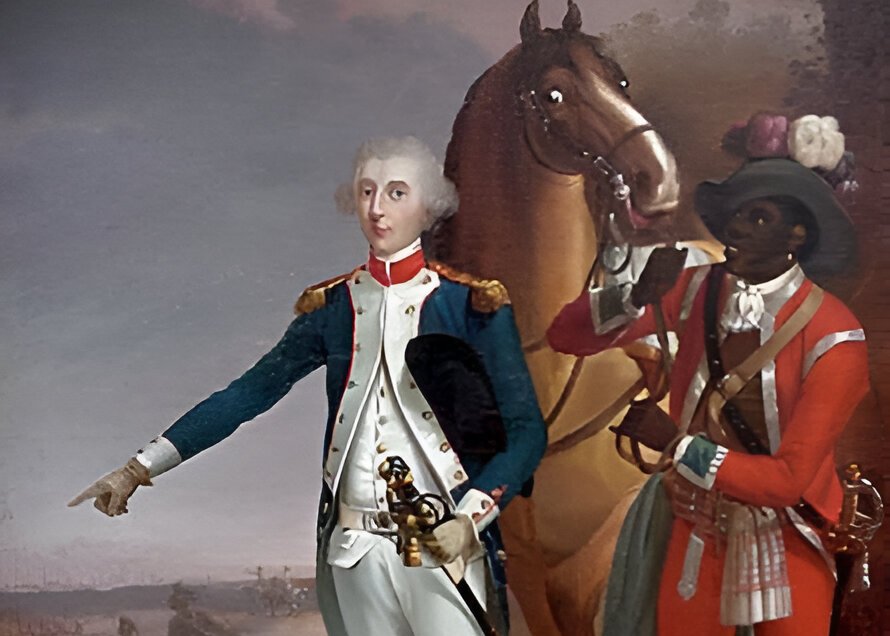 Jean-Baptiste Le Paon, Wikimedia Commons
Jean-Baptiste Le Paon, Wikimedia Commons
Major Taylor
Despite being considered a “white sport”, Major Taylor dominated cycling in the late 1800s and 1900s. Taylor won his first amateur race at the age of 14. His career launched from there, though it was not without its risks.
Major Taylor
In his autobiography, Taylor wrote, “In most of my races I not only struggled for victory but also my very life and limb”. However, he had a talent and a desire to race. He didn’t let this stop him from setting records.
Dorothy Height
Dorothy Height faced adversity early on. Although she was accepted by Barnard College in 1929, they informed her they did not have a place for her after all, as they had already filed their quota of Black students: two per year. She didn’t let that stop her.
 Unknown Author, Wikimedia Commons
Unknown Author, Wikimedia Commons
Dorothy Height
Height enrolled at NYU instead, earning a master’s in educational psychology. She went on to a powerful career, that included becoming a major figure in the civil rights movement of the 60s.
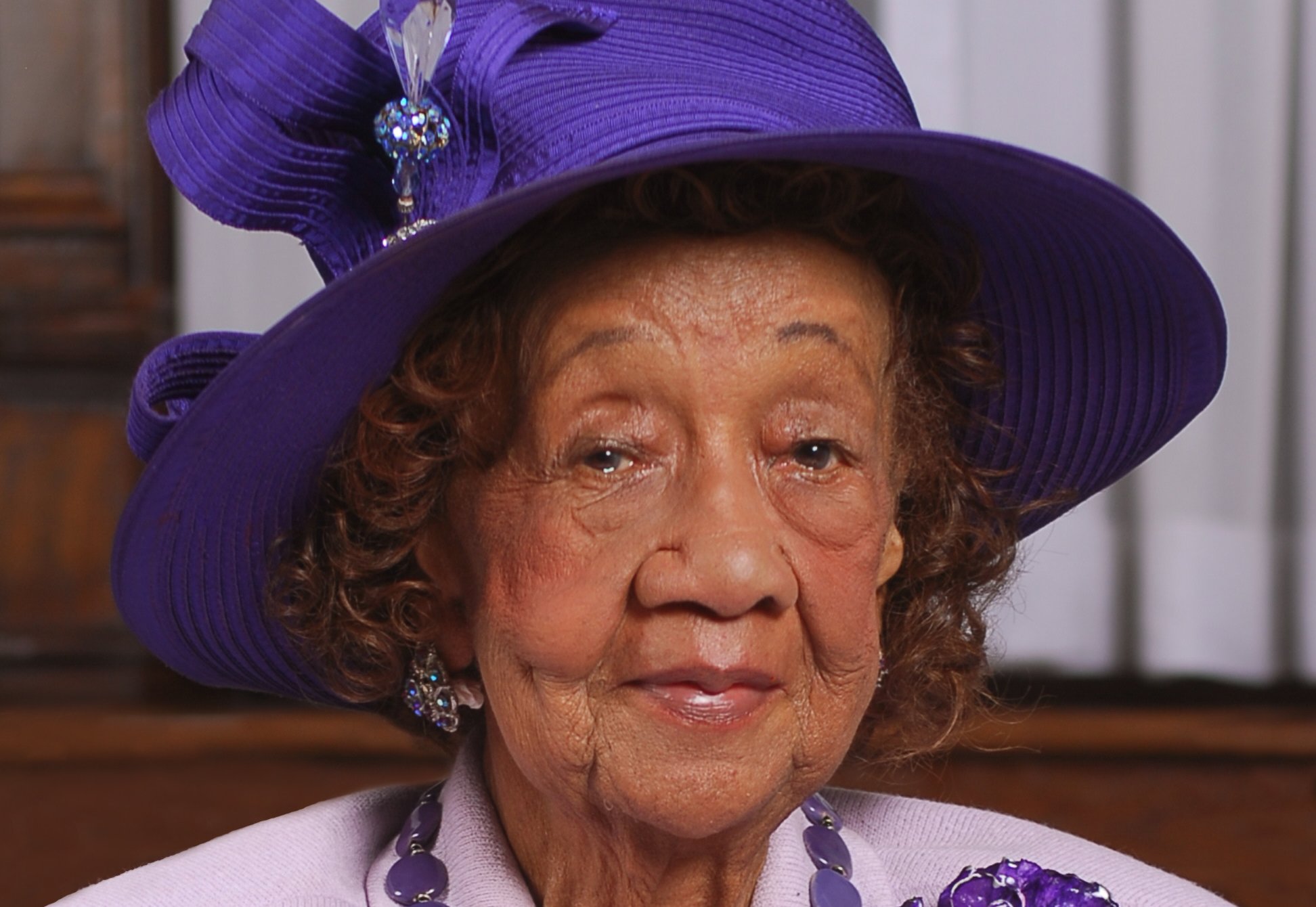 Adrian Hood, CC BY-SA 4.0, Wikimedia Commons
Adrian Hood, CC BY-SA 4.0, Wikimedia Commons
Garrett Morgan
If you feel safe when you go out for a drive in your car, then you have Garrett Morgan to thank. Despite having little more than a grade school education, Morgan became an inventor, including an early version of a traffic light.
You May Also Like:
Paul Robeson’s Disturbing Road To Ruin
The Tragic Life Of Daredevil Bessie Coleman
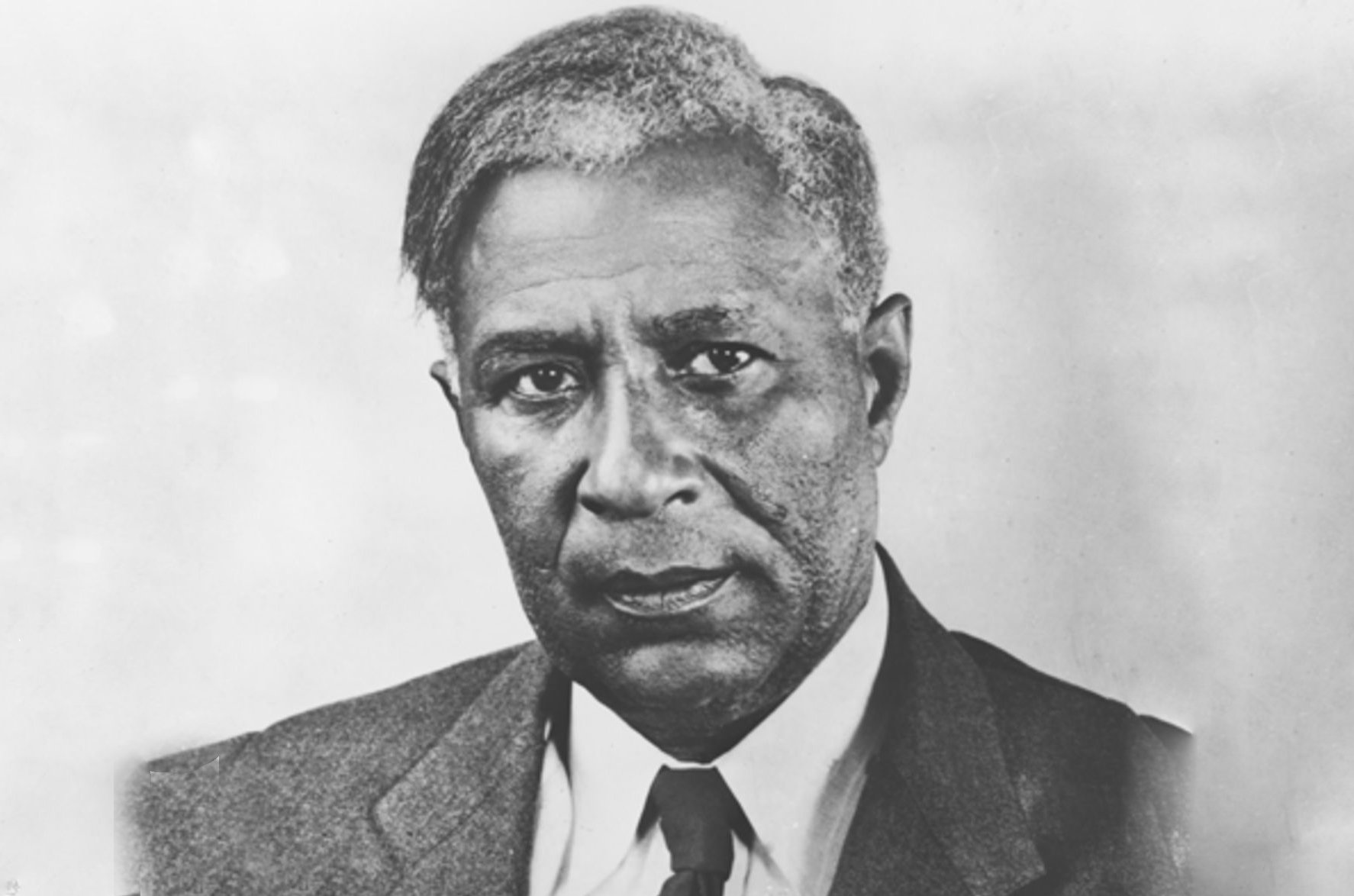 Unknown Author, Wikimedia Commons
Unknown Author, Wikimedia Commons
Sources: 1



